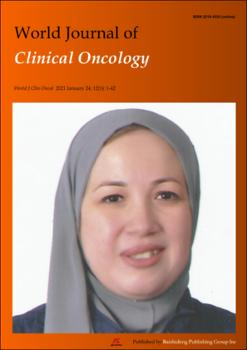| dc.description.abstract | Abstract
Thoracic radiotherapy (TRT) is one of the main treatments in limited-stage small cell lung cancer (LS-SCLC). Hyperfractionated TRT (45 Gy, 1.5 Gy twice daily) has been the standard of care (SOC) since Turrisi and colleagues published the results of their clinical trial in 1999. Two meta-analyses have demonstrated the benefits of concurrent chemotherapy and TRT in terms of intrathoracic disease control at 2 years and 3-year overall survival (OS). The phase 2 trial by Grønberg et al (2016) comparing once-daily hypofractionated TRT to twice-daily hyperfractionated TRT in LS-SCLC found similar outcomes in both groups in terms of response rate, progression-free survival (PFS), grade 3-4 adverse effects, and OS. The CONVERT trial, published in 2017, failed to demonstrate the superiority of the conventional scheme (once-daily TRT) vs twice-daily radiotherapy, despite the application of modern radiotherapy techniques and a quality assurance programme, thus confirming the twice-daily hyperfractionated regimen as the SOC. At the 2020 American Society of Clinical Oncology (ASCO) annual meeting, Grønberg et al reported preliminary findings from a phase 2 trial comparing two different TRT dose regimens (45 Gy vs 60 Gy), both administered twice daily. Those data demonstrated a marked improvement in 2-year survival rates in the high dose arm (70.2% vs 46.1%, P = 0.002), despite similar objective response rates and PFS outcomes. Those findings provide a new treatment alternative to consider: Hyperfractionated, high-dose TRT. However, the results of that trial will need to be validated in a large, randomized phase 3 study. The results of the phase 2 CALCG 30610 trial will help to clarify the optimal dose and regimen. The potential role of upfront immunotherapy, which early data suggest may improve OS, also needs to be determined.
Keywords: American Society of Clinical Oncology; High dose; Hyperfractionated; Limited-stage small cell lung cancer; Small cell lung cancer; Thoracic radiotherapy.
©The Author(s) 2020. Published by Baishideng Publishing Group Inc. All rights reserved. | es |


